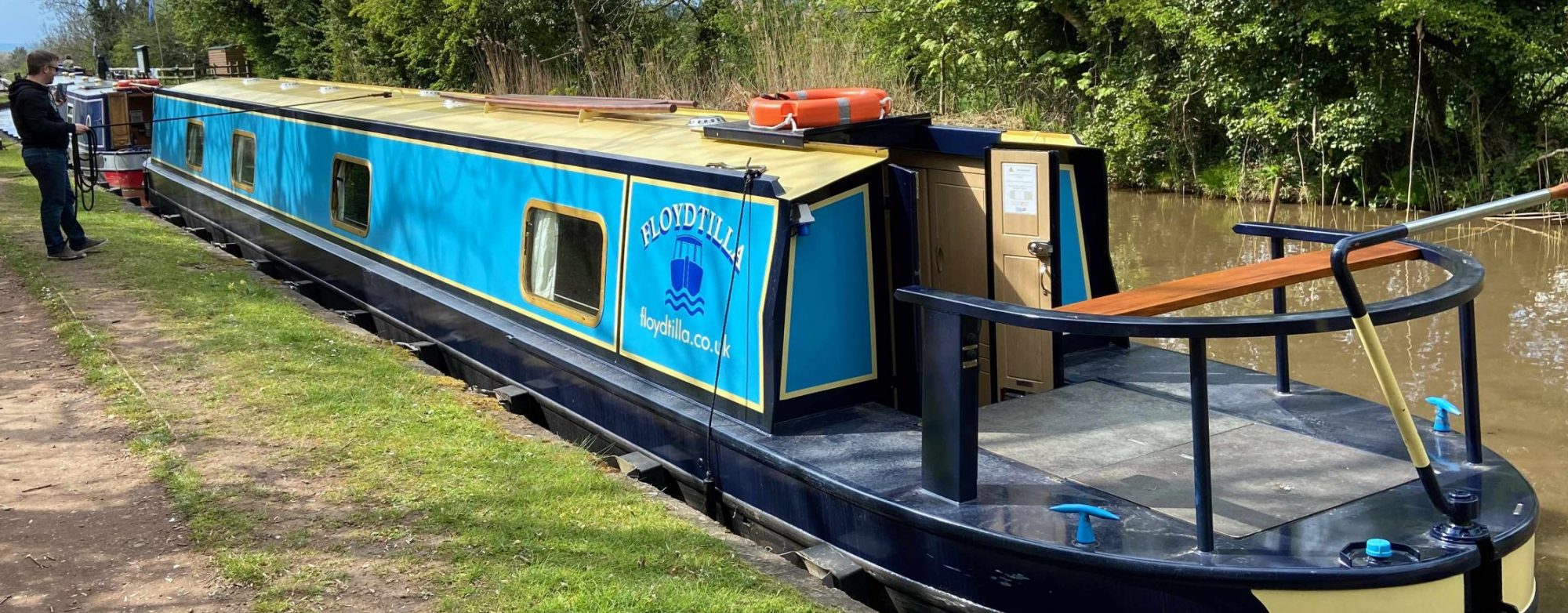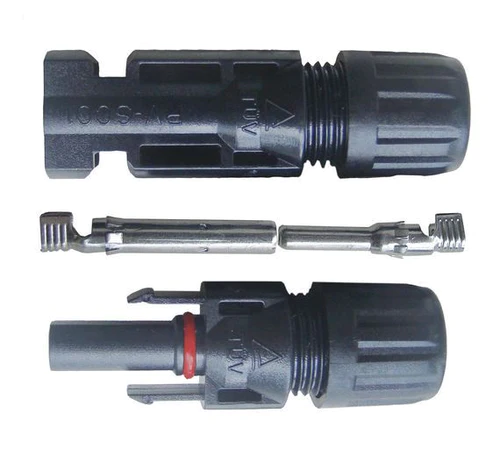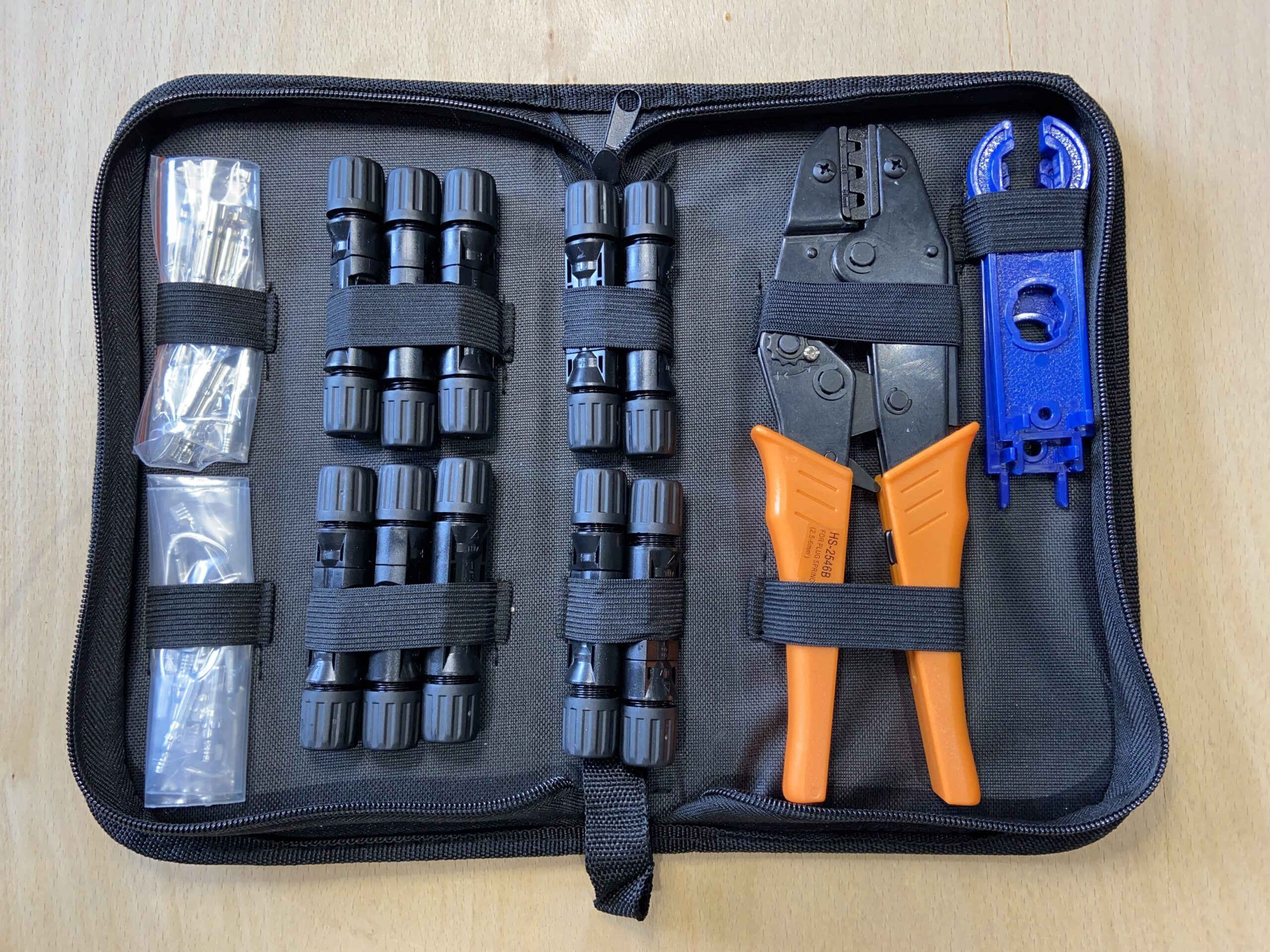After much reseach we have built up a kit of parts to install our 870W solar panels on the roof or our narrow boat, I will need to add a few cables and some mounting wood plates.
| Image | Description | Price | ||
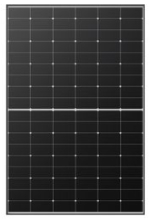 |
Longi Solar 435WP Black Frame PV Module LR5-54HTH-435M Selected as they have a 3.2mm glass rather that the much cheaper 1.6mm and provide almost the maximum output when combined for the Victron SmartSolar MTTP 100|50 MPPT solar controller. Ordered 2 from City Plumping, they deliver free next day from stock, for £91.76 (£110.11 inc VAT) each. (Prices have dropped since) |
£220.22 | ||
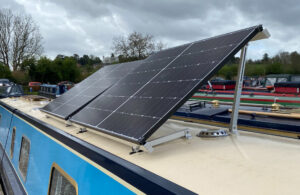 |
Semi-Permanent Adjustable Mounting Set for Narrow Boats |
£196.00 | ||
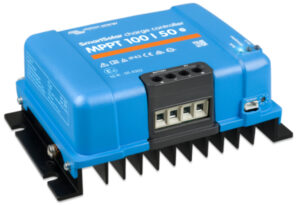 |
Victron SmartSolar MTTP 100|50 Ordered from Nomadic Conversions eBay shop |
£220.00 | ||
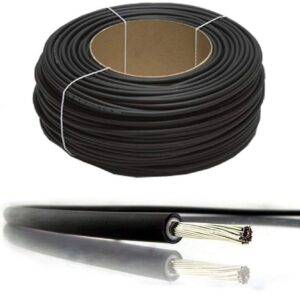 |
Solar PC Cable 25m Red and 25m Black 6mm Solar PV Cable from Superlec Direct at £1.19 per meter. |
£59.50 | ||
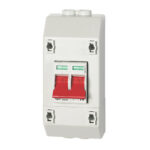 |
WYLEX 100A DP ISOLATOR WITH ENCLOSURE (321FR) Wall mounted 100 amp isolator from Screwfix Direct |
£20.49 | ||
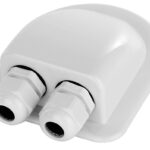 |
Water proof cable access IP68 Waterproof cable access, designed for Solar Installations Scanstrut DS-HD6-BLK Horizontal Double Cable Seal – Black |
£9.99 | ||
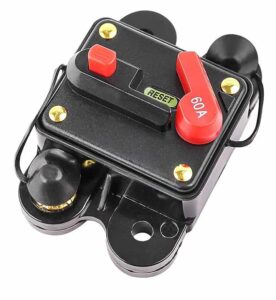 |
Circuit Breakers / Fuses |
£14.99 | ||
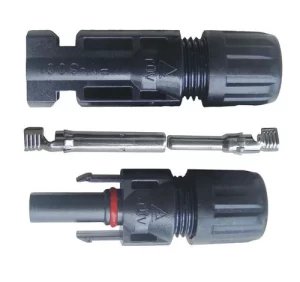 |
Solar Connectors See video on installing MC4 connectors |
£3.48 | ||
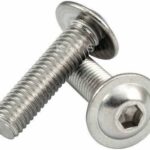 |
Misc Bits 1 off 6.1mm Drill bit |
£20.00 | ||
| Total (Inc VAT) | £768.15 | |||
There will be some additional cost from Steve for his time, so I would expect this to have cost approx £1000.00 when complete, but cost have been falling even over the past 6 months.
Also see
Planning for Solar Panels – Part 1
Planning for Solar Panels Part 2 – Panel Mounting Options
Planning for Solar Panels Part 3 – Types of Panels
Planning for Solar Panels Part 4 – MPPT vs PWM solar controllers
Planning for Solar Panels part 5 – Cable sizes, lengths and resistance.
Planning for Solar Panels part 6 – Panels in Serial or Parallel
Planning for Solar Panels part 7 – Buying the cable and Circuit breakers
Planning for Solar Panels part 8 – Buying Solar Panels and Mountings
Planning for Solar Panels part 9 – Wiring
Planning for Solar Panels part 10 – Drilling, Tapping and Fitting
